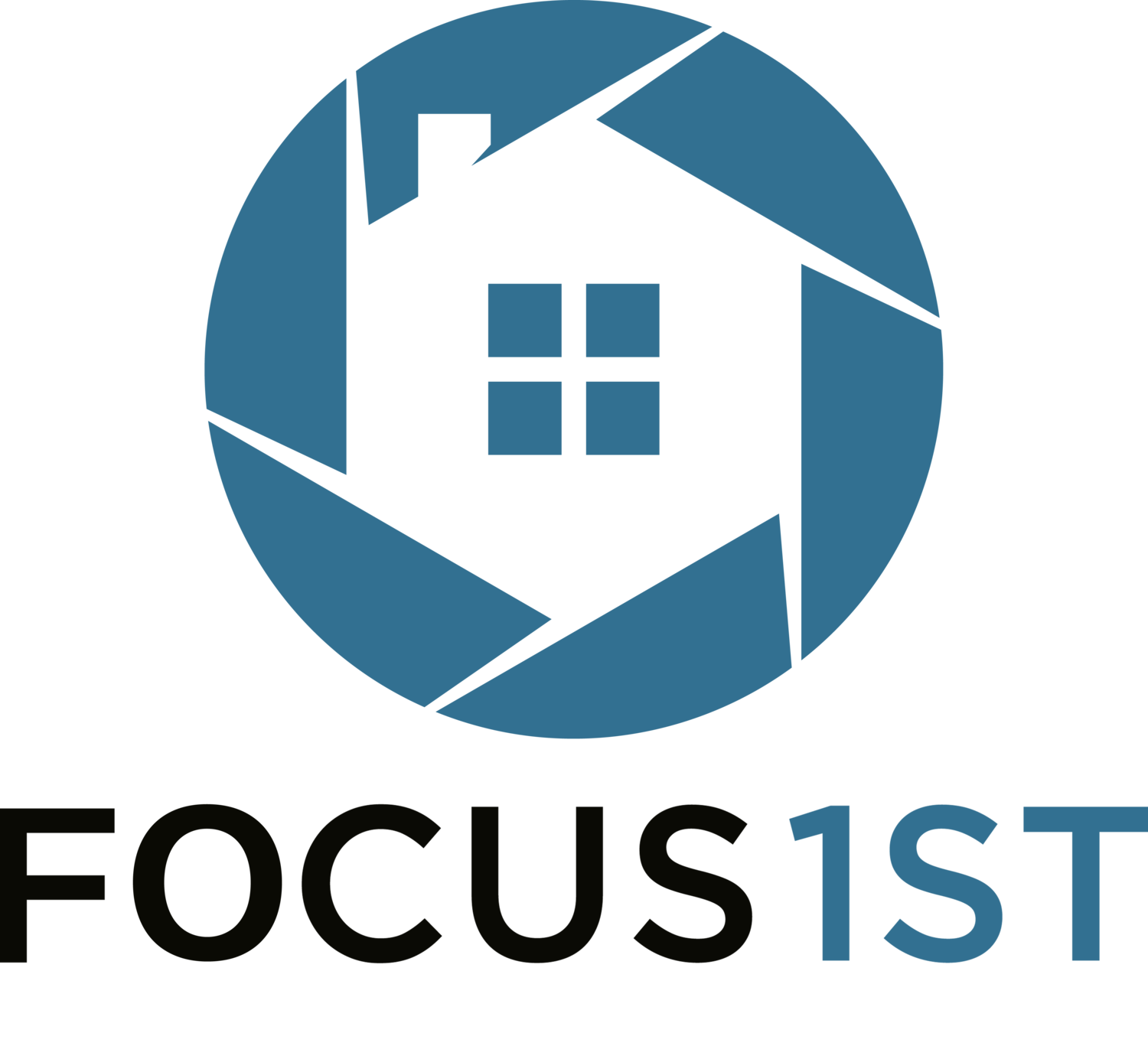Showing The Real Estate Market by Using The Real Estate Pond
First of all, let's talk about the old look and new look!
Old Pond
New Pond
At Focus 1st, we have been striving all year to update the look and feel of our graphs so that our customers have the best resources available to show their customers. This first image above, was our original Real Estate Pond. It is great tool to show homes that are coming into the market and leaving the market. Each small house icon represents a certain number and allows you to visually show the flow of the market to your customers. After much deliberation, our team brainstormed on how we could modernize this look and show the data better. Take a look at the image below.
As you will notice, we have changed the colors, graphics, and simplified the data shown. We have also added a gauge in the top middle so that real estate agents presenting the graph can easily identify if the market is in favor of the buyers or sellers. With this new graph, there is no more guessing or calculating. Now let’s take a look about how to use this graph!
Step 1:
Imagine a Buyer will look at your home and others that are comparably priced.
We can understand competition by looking at the subject property through Buyer’s eyes.
-Tim DeLeon
It is reasonable (in most cases) that if a buyer is looking in the subject properties neighborhood for a property, they might also be willing to look outside the neighborhood for a home in the comparable price range (there are exceptions, of course). At Focus 1st, we always state and stand by the idea that buyer’s are very intelligent people. With that being said, it is important to go into the next step while always keeping in mind to look at the subject property through the buyer’s eyes.
Step 2:
Determine how many homes will sell, in the respective price range, and in a defined period of time.
How do you determine how many homes will sell, that are in a comparable price range, in a defined period of time?
In most cases, this is the challenging step. In previous years, as real estate agents, we were taught to use the "absorption rate" and then to look at the number of properties on the market to calculate the month's supply. This technique does give you some data that can be used, however, it doesn't take into consideration the seasonality or the market trend (which we've pointed out in previous blogs). That being said, we recommend that you make use of the Real Estate Pond. The Real Estate Pond is a great tool to help you see the supply and demand from both the buyer and seller perspective and will provide you the exact results that you need, which is to determine how many homes will sell in a defined period.
At this point, you will then go through your analysis on how you compare the subject property to the competition. We won't go into this in this blog, but basically using the Positioning Scattergram is the best tool to use to compare the subject property to the competition.
What would your script look like for a situation that favors the seller?
Let's take the example below. The first part of the script that you use is the same as that above. The second part of the script, that is the specific situation dependent, is just below the example Pond below.
At this point, you will then go through your analysis on how you compare the subject property to the competition. As mention previously, we won’t go into this in this blog, but basically using the Positioning Scattergram is the best tool to use to compare the subject property to the competition.
If you would like to learn about positioning your property against competition, please check out our YouTube channel: Focus 1st LLC Visual Pricing. Here, you will also find a detailed video that dives more into the real estate pond and its presentation.












